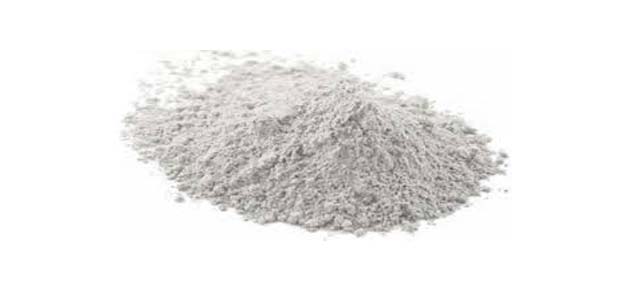Early fabric softener formulations were relatively simple dispersions of fatty materials, which would deposit on the fabric fibers after wash. The most common ingredient used at that time was dihydrogenated tallow dimethyl ammonium chloride (DHTDMAC) that belongs to a category of materials called as quaternary ammonium compounds, or quats. This types of ingredient was useful due to the fact that a part of the molecule has a positive charge, which attracts and binds it to negatively charged fabric fibers. This charge interaction also helps in dispersing the electrical forces, which are responsible for static cling. The other part of the molecule is fatty in nature and hence offers the slip and lubricity, which makes the fabric feel soft.

While the quats were found to very effecting in softening the fabric, they can also make them less absorbent. This is a problem for some laundry items, like diapers and towels. To overcome this problem, formulations were made that use quats in combination with other more effective ingredients. These new formulations were known as conditioning agents and have somewhat lower substantivity to fabric that makes them less potential to interfere with water absorption.
An example of a conditioning agent is Cetearyl Alcohol, PEG 40 Castor Oil, Stearalkonium Chloride -
Conditioning Agents in Soaps
Soaps have surfactant properties that means their individual
molecules have a hydrophilic (water-attracting) end that dissolves in water,
and a lipophilic end (fat loving) that dissolves in fatty substances. The
surfactant properties of soaps make them soaps effective cleaning agents. In
hard water, calcium and magnesium ions are present, which react with soap
molecules to produce salts of the fatty acids, which do not dissolve in
water and hence lack the surfactant properties. Hence in hard water, more
soap is required to achieve the same cleaning power as in soft' water. A
conditioning agent like calgon (sodium metahexaphosphate) can be used in
this case in the wash water to achieve effective cleaning.
Applications
For their ability to improve the cleaning performance of detergents in hard
water, conditioning agents are active ingredients in variety of soaps,
detergents, cosmetic products, and hair color products.

If you have decided to make soap at home, you will need soap making supplies in the form of raw materials, soap making equipment & tools ...
Read More
Someone has rightly said that clothes are not just clothes. They form an integral part of a person's personality and tell a lot about their nature and...
Read MoreCleansing products play an important role in the daily lives of people.
Both soaps and detergents are cleansing products that we frequently use in our
Soap is designed as a product to be used once and then flushed down the drain...